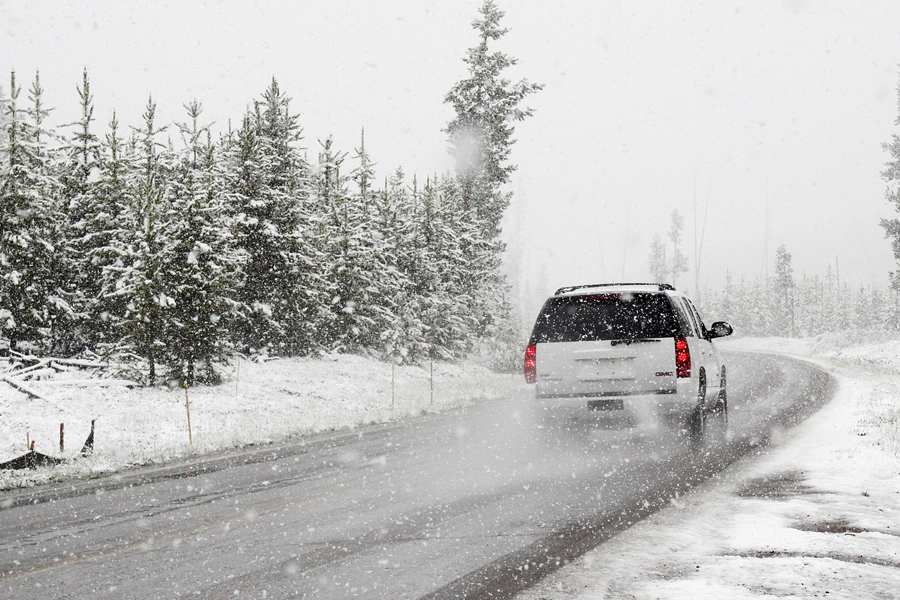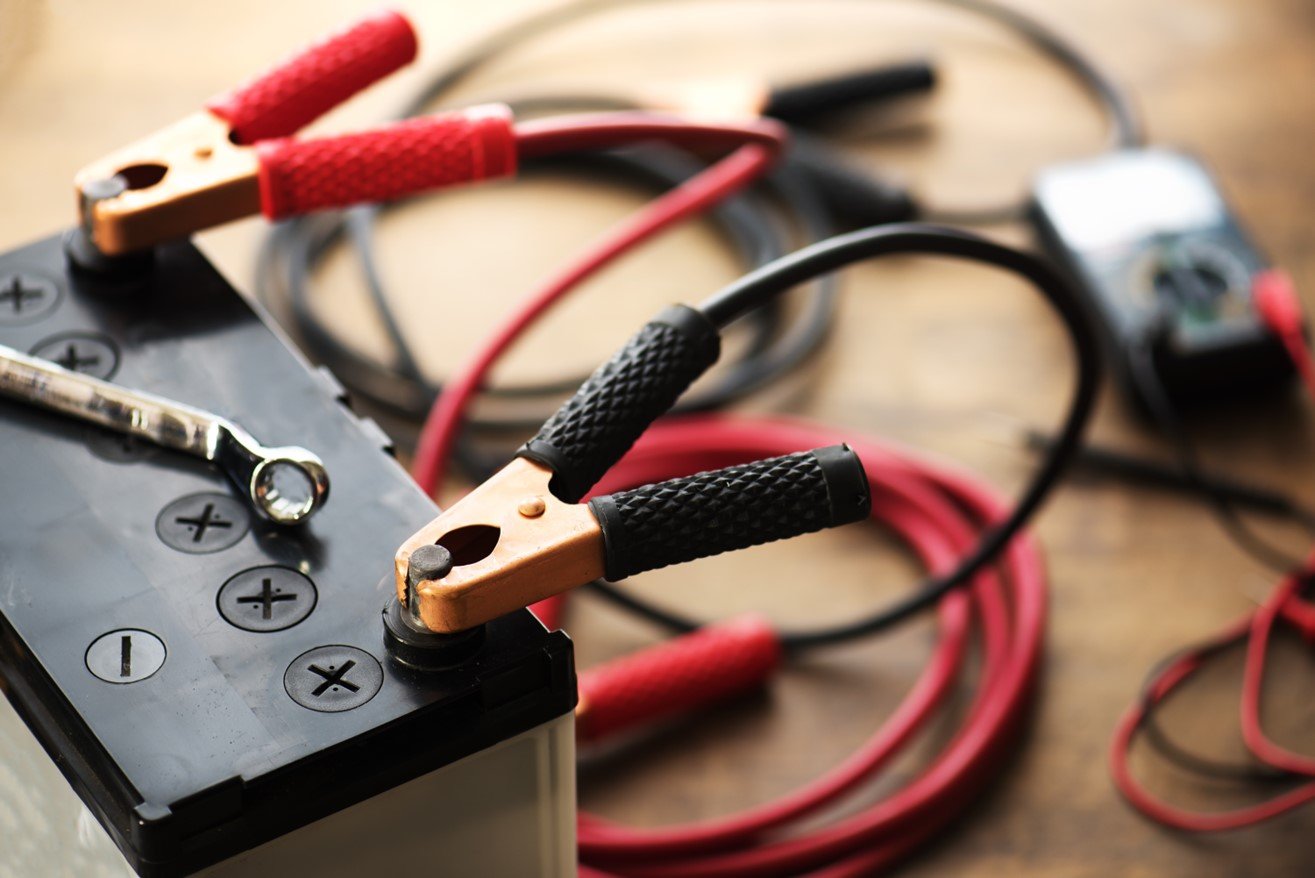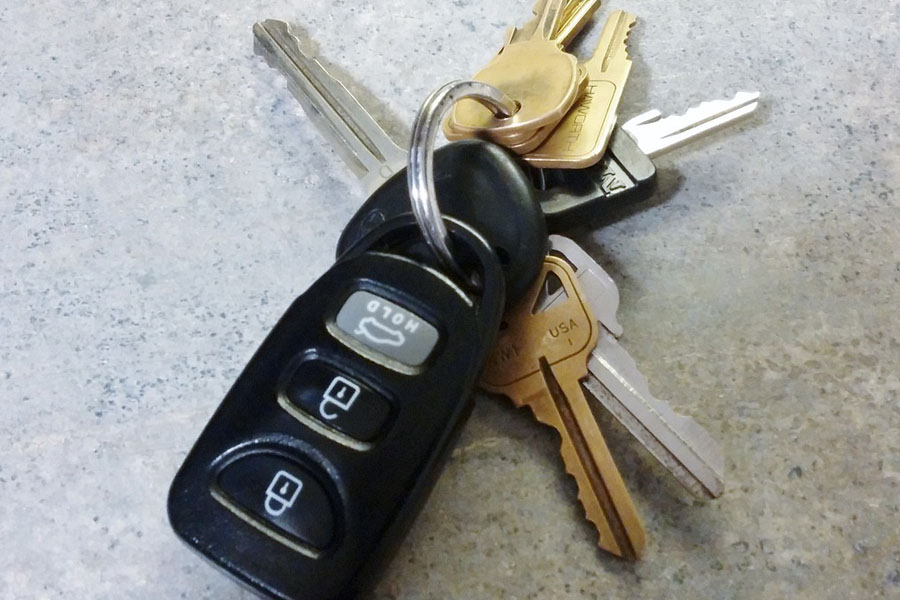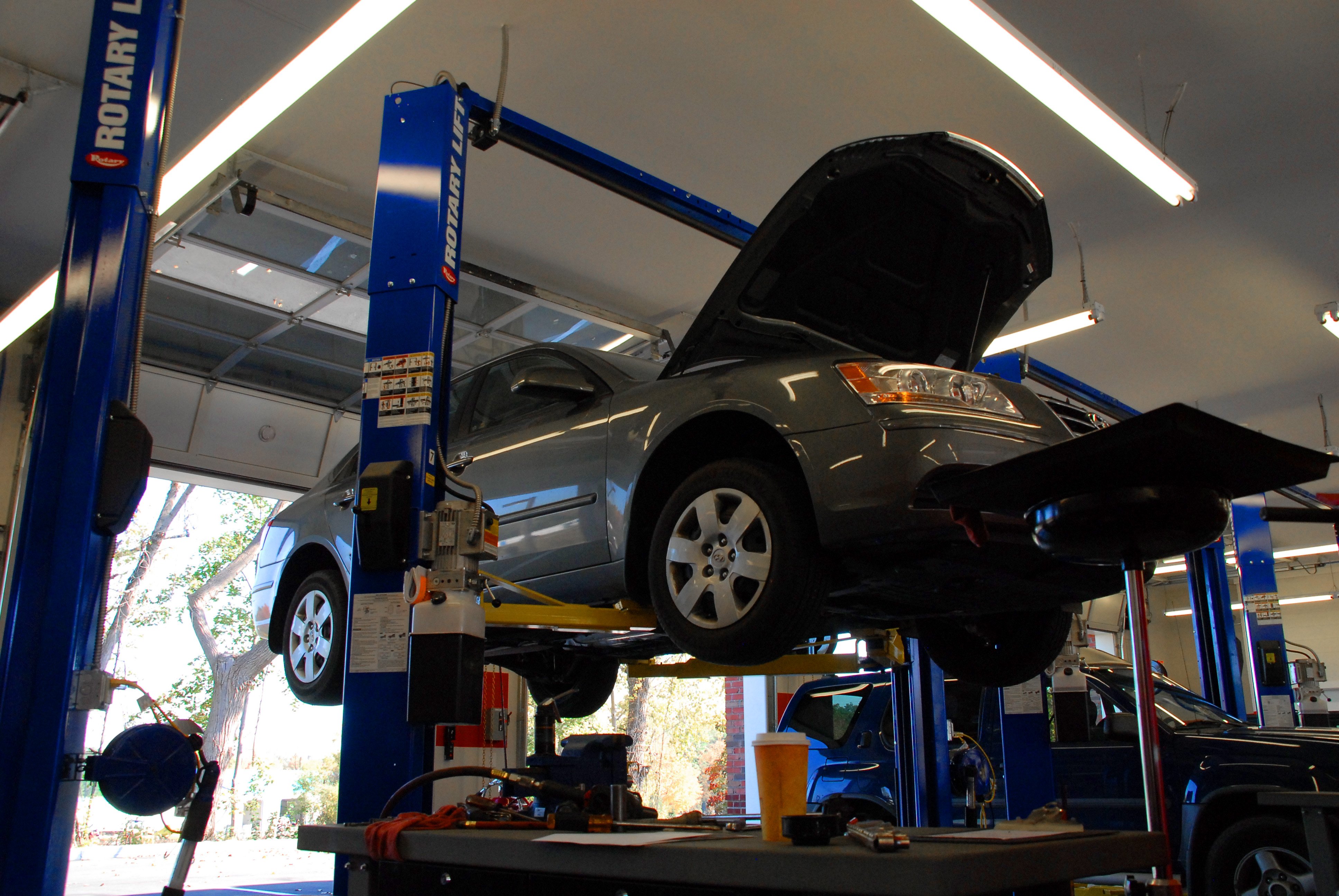How Winter’s Freezing Temperatures Can Affect Your Car

Freezing temperatures affect cars negatively in many ways. Consider some of the following:
Windshield glass will be more vulnerable to chipping and breakages. Never use hot water to clear a frosted windshield, as it can cause the glass to crack. Alcohol sprays, such as Prestone Heat, Frost Buster or ordinary de-icer sprays are safer and quicker to reduce frost or ice. Also, blasting mega-hot defroster air on the windshield can cause damage.
Your engine block will be more vulnerable to cracking because of frozen coolant. Freeze-up protection can be checked with an inexpensive floatball anti-freeze tester. Use the correct anti-freeze type and mix when topping up. Don’t add plain water alone, as it will dilute the current radiator mixture and lessen freeze-up protection. Don’t mix regular (green 2-year) antifreeze with long life (yellow or reddish, 5-year) coolant, since it reverts to the shorter lifespan when mixed with the green. The only exception would be is if the bottle of green is marked compatible with any anti-freeze.
The rubber compound in all-season tires hardens when temps drop below 47F, causing them to have less effective gripping ability, whereas winter snow tires stay soft and stick to the road in subzero temperatures. Also, snow tires have tread that is better designed to remove snow and slush from their grooves, unlike all-season tire tread which is a compromise at best for traction in snow.
Road salt loses its grip. According to the Federal Department of Transportation, road salt loses efficiency below -7F and is almost totally ineffective below -10F, so always drive with extra care in severe cold.
Motor oil thickens when it is cold, making it harder for the engine to turn over on the first start of the day. This is further exacerbated by the fact battery output drops by about half at 64F. It also declines gradually with age, so an older battery that is fine in warm weather might fail in the cold. Thinner oil grades, an engine block heater or battery charger may aid cold weather starting.
Older vehicles didn’t provide cabin heat until the engine had warmed up enough to open the cooling system thermostat, which often took 20 minutes or more to happen. Today’s vehicles have various ways of creating heat for the interior almost immediately, but this will delay the engine warming up to the proper temperature and cost you some fuel.
Your engine runs the least efficiently during the first 20 minutes or so after a cold start-up before it warms up to its normal operating temperature. During this time, it runs rich (high gasoline-to-air ratio) to prevent stalling, while this is happening water vapor builds up in the motor oil and the exhaust system. Overall fuel consumption will be higher in winter than in summer because of this issue with cold-weather idling.
With repeated short trips in cold weather, the vehicle may never warm sufficiently to burn off accumulated water vapor and you may notice a white sludge on your dipstick or in the oil cap.
Also, you may develop rust in your exhaust system, causing it to need replacement prematurely. Have your vehicle checked before it gets cold, the oil changed, all-important fluids and tires checked for their condition and, if needed, have them changed or replaced. AAA’s club-owned Car Care Center in Halfmoon or your local AAA Approved Auto Repair facility can help you with all these needs. Find them listed at AAA.com/automotive.




